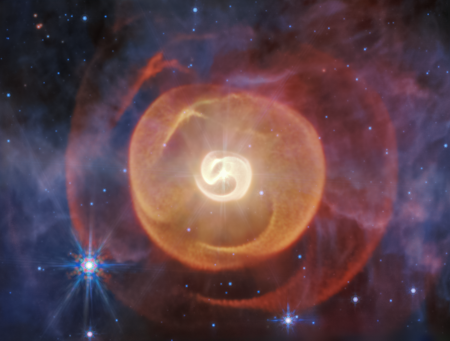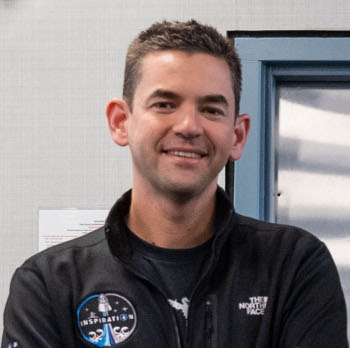
In an agreement signed on November 14, 2025, the European Space Agency (ESA) completed the transfer of the Vega-C rocket, formerly controlled by the government-owned company Arianespace, back to the Italian company Avio.
Following decisions taken by the ESA Council in 2023, the revision of the Launchers Exploitation Declaration (LED) was finalized on 10 July 2025 and the Guiana Space Centre Agreement was signed on 23 October 2025. The LEAs signed today translate the LED mandate to ESA into concrete detailed implementation arrangements between ESA and the launch operators.
The two arrangements signed today – one with Arianespace and ArianeGroup for Ariane 6, and one with Avio for Vega-C – define the roles and responsibilities of each operator and ESA’s role in monitoring its implementation. They also establish the framework for cooperation between the parties to ensure Europe’s continued autonomous access to space through the exploitation of ESA-developed launchers from Europe’s Spaceport in French Guiana.
The quote above also details other changes. The Ariane-6 rocket is now controlled by a partnership of Arianespace and ArianeGroup, with the bulk of control by the latter, a private company that owns the rocket. Though Arianespace retains some management rights, its part in the rocket’s future has been reduced significantly.
Meanwhile, ownership and control of the French Guiana spaceport has now been transferred entirely from Arianespace and back to France’s space agency CNES. CNES has been running things more or less for the past year or so, but this makes the change official.
All in all, these agreements continue ESA’s shift in the past two years away from the government-run model, centralized under Arianespace control, to the capitalism model, where the government is merely a customer, buying what it needs from independent, competing, privately-owned companies. While these agreements highlight Avio and ArianeGroup, Europe also has a flock of new rocket startups (Isar, Rocket Factory Augsburg, PLD) on verge of their first launches.
If Europe maintains its commitment to this shift, it should see some exciting developments in space in the coming years.

















